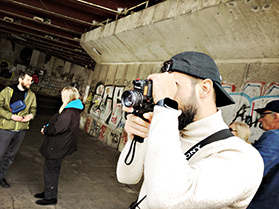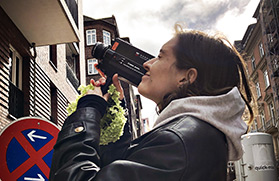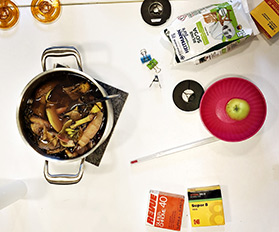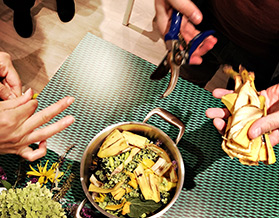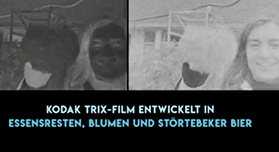The Wabi-Sabi in Super 8
• Workshop 17. September 2022 • Museum für Kunst und Gewerbe Hamburg
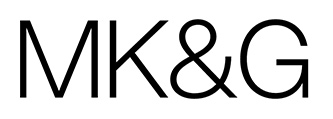
Ein Super 8 Workshop im Rahmen der Ausstellung / A super 8 workshop as part of the exhibition “Mining Photography – Der ökologische Fußabdruck der Bildproduktion / The Ecological Footprint of Image Production”
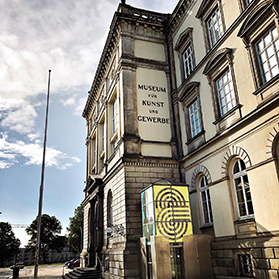
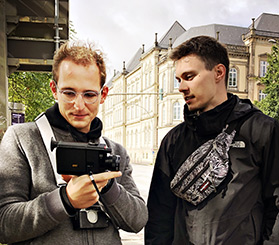
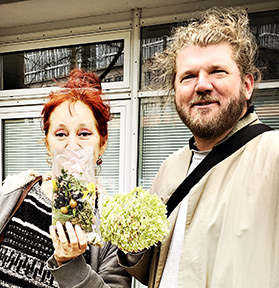
Ich gebe einen eintägigen Super-8-Film-Workshop im Museum für Kunst und Gewerbe in Hamburg! Experimentelles Filmen und biologisches Entwickeln! Im Rahmen der fetten Ausstellung “Mining Photography – Der ökologische Fußabdruck der Bildproduktion”
Seit ihrer Erfindung ist die Fotografie von der Gewinnung und der Ausbeutung so genannter natürlicher Rohstoffe abhängig. Im 19. Jahrhundert waren es Salz, Kupfer und Silber, die für die ersten Fotografien auf Kupferplatten und für Salzpapierabzüge genutzt wurden. Mit dem Aufkommen der Silbergelatineabzüge im späten 20. Jahrhundert wurde die Fotoindustrie mit etwa einem Viertel des weltweiten Verbrauchs zur wichtigsten Abnehmerin für Silber.
In der Ausstellung “Mining Photography. Der ökologische Fußabdruck der Bildproduktion” widmet sich das MK&G der Materialgeschichte zentraler Rohstoffe im Kontext der Fotografie und stellt den Zusammenhang zur Geschichte ihres Abbaus, ihrer Entsorgung und dem Klimawandel her.
“Unterwegs mit der Filmemacherin drehen wir einen eigenen Schmalfilm, entwickeln ihn im Labor und führen den Film anschließend auf einem Projektor vor. Dabei zeigt die Filmemacherin, wie man die benötigten Entwickler aus Naturprodukten herstellt und in einer improvisierten Dunkelkammer anwendet. Daraus entsteht ein einzigartiger, analoger Film.”
Danke fürs Mitmachen Dorit, Kevin, Julia, Nils, Sven, Ugur, Pierre-Eric, Sebastian, Severin!
I'm giving a one-day Super 8 film workshop at the Museum für Kunst und Gewerbe in Hamburg! Experimental filming and ecological developing! As part of the big exhibition “Mining Photography – The Ecological Footprint of Image Production”
Ever since its invention, photography has depended on the global extraction and exploitation of so-called natural resources. In the early 19th century, these were salt, fossil fuels such as bitumen and carbon, as well as copper and silver, which were all used for the first images on copper plates and for salt paper prints.
"Mining Photography: The Ecological Footprint of Image Production" is dedicated to the material history of key resources used for image production, adressing the social and political context of their extraction and waste and its relation to climate change.
“Strolling around with filmmaker Dagie we shoot our own short film, develop it in the laboratory and then watch the film on a projector. The filmmaker shows how to make the necessary developers from natural products and use them in an improvised darkroom. The result is a unique analogue film.”
Thank you for being part of it Dorit, Kevin, Julia, Nils, Sven, Ugur, Pierre-Eric, Sebastian, Severin!
